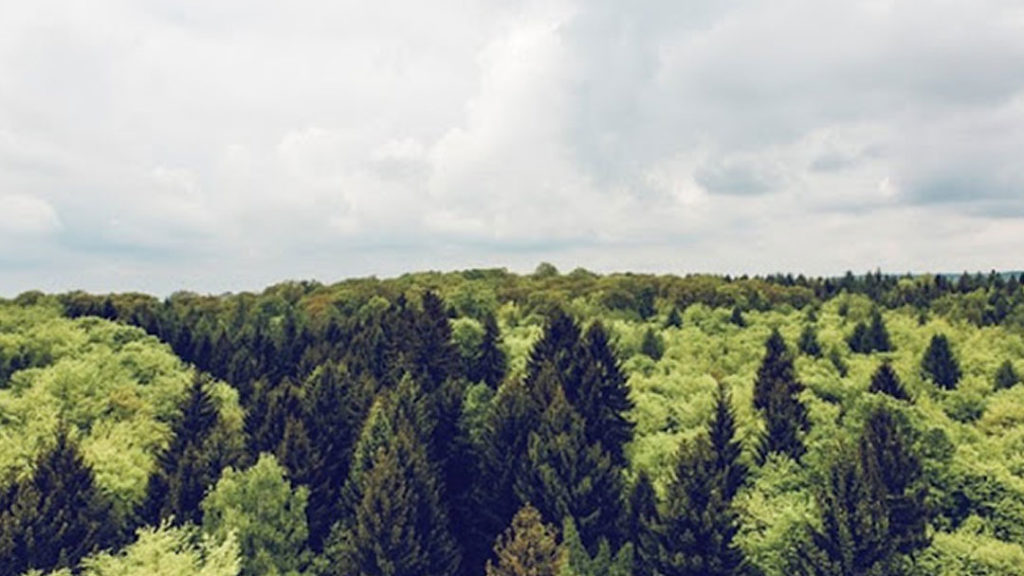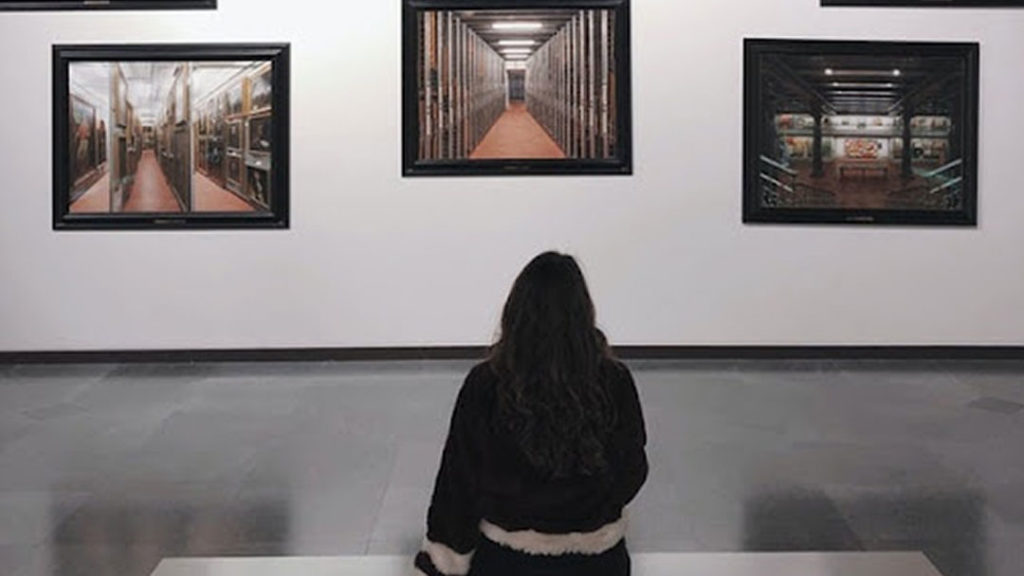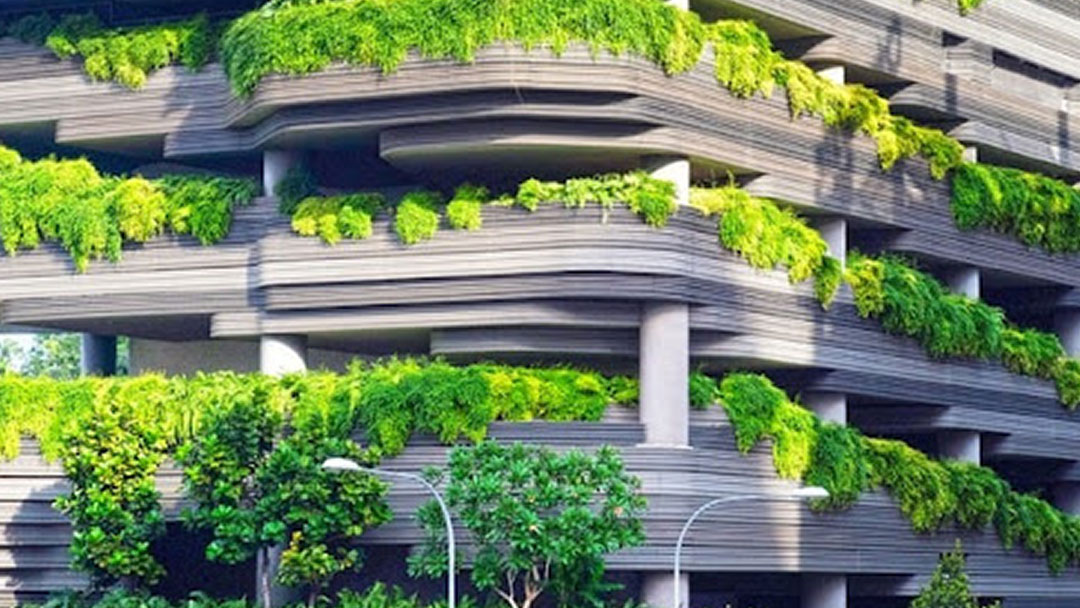The living building challenge is pushing architects and designers to break boundaries when creating sustainable buildings. It is a certification offered by the International Living Future Institute. The concept for the certification is based on emulating a living plant, specifically a flower.
Seven Petal Requirements for Living Building Certification
Certified living buildings must meet seven strict requirements. The seven “petals” of the living building challenge are:
- Place
- Water
- Energy
- Equity
- Materials
- Beauty
- Health
Steps to Certification
All Living Building Challenge certifications take a minimum of twelve months in operation before audit and certification. The challenge includes seven petal requirements and a core green building certification, zero energy certification, and zero-carbon certification.
Documentation and Planning
From the concept and design through the build, every step and process should be documented and organized to present for the living green building challenge. The certification requires design documentation, build documentation, and twelve months of performance documentation.
The Audit
Once all of the documentation has been submitted, an independent auditor will review the documentation and visit the building for a thorough site inspection. The auditor will compile a final report and certify the project.
C&C Technology Group is a leader in smart building technology in the pursuit of building a more sustainable future. With 30 years of physical infrastructure and support, we can be your partner in building greener buildings. Learn more today.
Related: The Green Data Center: 5 Ways Carbon-Intelligent Computing is the Future
Living Building Challenge: Place Petal
The place petal targets human interaction with natural environments. The idea is to move away from invasive commercial developments and towards sustainable repurposing of non-habitat lands. Communities should embrace sustainable agriculture and encourage walking or biking as primary methods of transportation. This is oppositional to the traditional corporate model that encourages commuting into big cities.
What this means:
- Building sites should not interfere with natural habitats like wetlands, dunes, old-growth forests, prairie, or prime farmland.
- Buildings should make reasonable efforts to incorporate sustainable agriculture initiatives.
- Companies should match resources for developed land and habitat land. For example, planting undeveloped land with restored prairie grasses.
- Buildings should provide secure, weather-protected storage for employee or resident bicycles.
- Developers should include pedestrian routes to access every building.
- Design should encourage stairs over elevators.
- The Community should advocate for human-powered transportation methods.
- Buildings should provide electric vehicle charging stations.

Living Building Challenge: Water
The water petal is meant to redefine the human relationship with water as a valuable resource. The goal of the living building challenges is to create sustainable, respectful water systems that uses, purifies, and reuses water within the same system. Water rights currently restrict this type of system. But growth requires challenging outdated ideas.
What this means:
- 100% of a building’s water needs must be captured from precipitation or another closed-loop system.
- All stormwater and used (grey or black) water must be treated on-site.
Living Building Challenge: Energy
The energy petal focuses on powering buildings using 100% renewable energy sources. Every process in the building should operate in a pollution-free manner so that the footprint of the building benefits the planet instead of harming it.
What this means:
- Eliminating the use of coal, oil, natural gas, and nuclear power.
- Replacing cleaner, but less sustainable energy sources like hydropower and wood or pellet-burning.
- Building a decentralized renewable power grid to supply 105% of the building’s energy needs.
Related: Fiber Connector Types Buyers Guide
Living Building Challenge: Equity
Equity petal is designed to encourage inclusive communities for workplaces and residential buildings. This need is aimed at undoing the trend of privatizing infrastructure, which inherently segregates communities.
What this means:
- The property must not restrict access to fresh air from any neighboring property. And any emissions absolutely must not contain any Red List items.
- The building must not block sunlight to adjacent structures.
- The building may not obstruct natural waterways.
- All documentation must include the transparent disclosure of business practices.
Living Building Challenge: Materials
The materials petal encourages the use of building materials that are non-toxic, ecologically restorative, transparent, and equitable in every stage of their life cycle. Many traditional building materials are responsible for pollution, illness, habit deterioration, and species loss. The goal for the future of living buildings is to focus on materials that have no negative impact on human or ecological health. However, current limitations in the supply industry force the allowance of some Red List items.
What this means:
- The project must make up for its carbon impact with a one-time carbon offset.
- The project must not use any RED LIST (with noted exceptions).
- Continuous advocacy for responsible standards in sourcing materials.
- All timber must be certified from salvaged sources or from the on-site harvest of timber for clearing purposes.
- 20% or more of the materials should be sourced within 500 km of the construction site with an additional 30% within 1000 kg and 25% within 5000 km.
- Minimum limits for incorporating salvaged materials.
- Includes documented attempts to eliminate the production of waste in construction and operation.

Living Building Challenge: Beauty
The beauty petal strives to recognize the beauty of nature as a motivator to protect and care for our habitat for the greater good. While it is hard to mandate beauty or project an individual aesthetic on another individual, the intentional effort of creating beautiful spaces can inspire others to create more beautiful spaces.
What this means:
- The project must intentionally integrate meaningful art or design.
- Aesthetic choices should celebrate culture and spirit.
- And all design elements should be appropriate for the building’s function.
Related: What is Fiber Optics and How Does it Work?
Living Building Challenge: Health
At its core, the health petal focuses on creating environments that promote its occupants’ good mental and physical health while causing no harm to health for neighbors in the Community. The brunt of this petal focuses on air quality, but any factor that impacts health can be included.
What this means:
- All windows must be operational and provide occupants with access to fresh air and sunlight.
- Smoking should be prohibited on the project property.
- Indoor air quality tests should be performed with satisfactory results.
- Exhaust systems for kitchen, bathrooms, and janitorial areas.
- Mechanisms for removing particulates from shoes in entryways.
- Cleaning protocols that use non-toxic products.
The Bottom Line
The Living Building Challenge is an all-or-nothing certification that looks at an entire building project and determines its progress towards creating healthy, non-obtrusive buildings. The challenge applies to workplaces and residential buildings. The petal-based system looks at different areas of a building and sets guidelines for the building’s design, construction, and performance.
C&C Technology Group is an industry leader in smart building technology. As we become more connected and interested in building a sustainable future, projects like the Living Building Challenge becomes more noteworthy. Contact us today to learn more about our services.
Last Updated on August 2, 2022 by Josh Mahan




